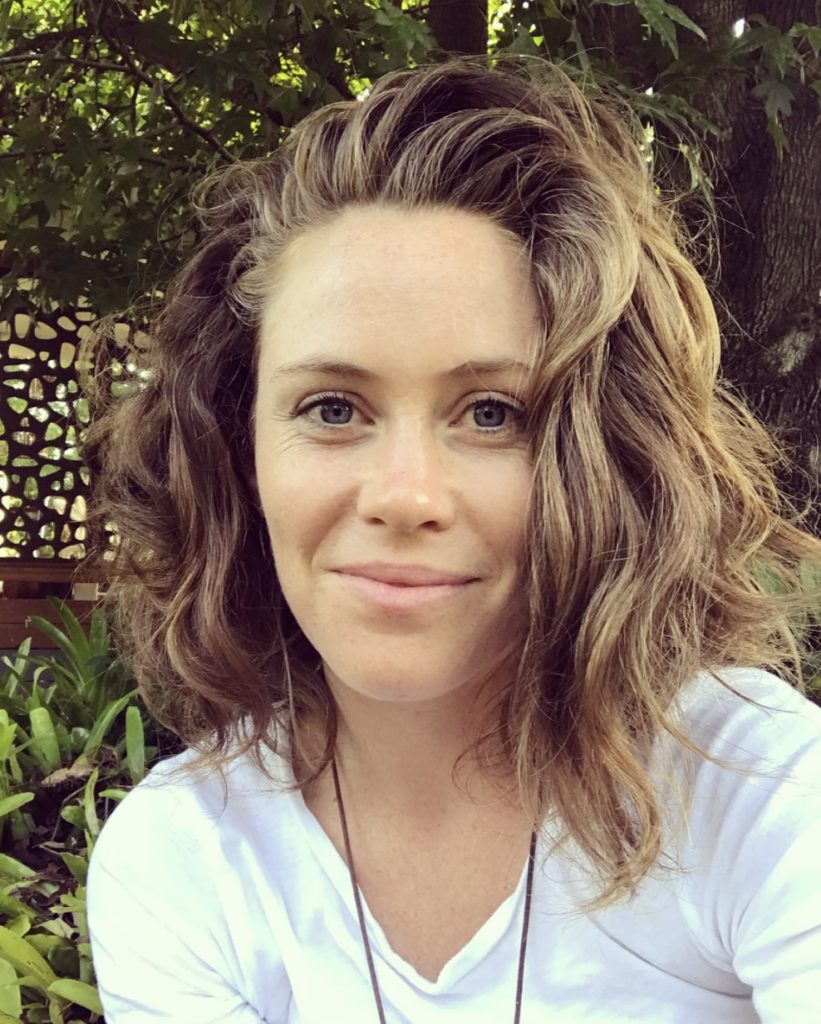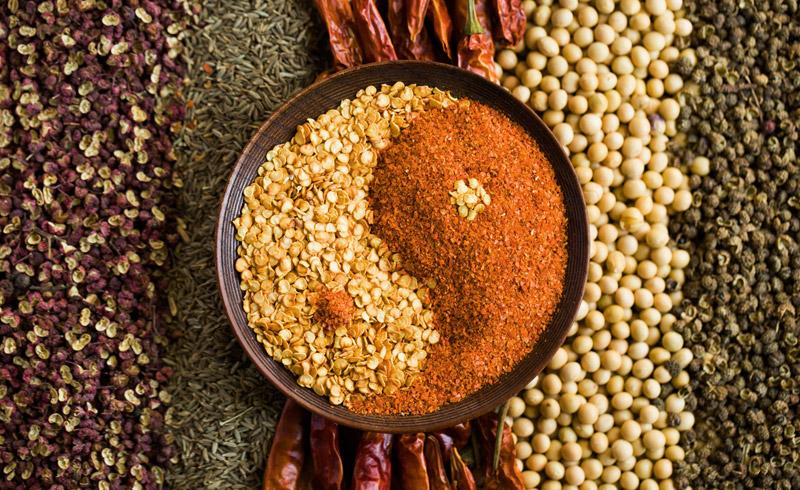
Endometriosis and Chinese Medicine
Endometriosis and Chinese Medicine
First of all, What is Endometriosis? Endometriosis is a common condition in which the tissue that is similar to the lining of the womb grows outside of the uterus and in other parts of the pelvic cavity. Whilst endometriosis most often affects the reproductive organs, thus damaging fertility, it is also frequently found in the bowel and bladder, but has rarely been found in muscle, joints, the lungs and the brain. More than 10% of Australian women suffer from Endometriosis at some point in their life (1). Endometriosis and Chinese medicine
Some women experience Endometriosis as debilitating period pain, pelvic pain and pain during intercourse. They may need to seek medical attention to ease their painful symptoms. While others have no symptoms but may have difficult falling pregnant naturally (1, 2).
How is Endometriosis diagnosed?
Patients will generally have a pelvic examination and internal and external ultrasounds first to look at the whole lower pelvis including ovaries, fallopian tubes and uterus, however Laparoscopy (key hole surgery) is needed to confirm diagnosis.
There are multiple stages of Endometriosis Endometriosis and Chinese medicine
- Mild Endometriosis appears in small patches or surface lesions scattered around the pelvic cavity.
- Moderate Endometriosis appears as larger widespread starting to infiltrate tissue and often found on the ovaries, pouch of douglas and utero-sacral ligaments.
- Severe Endometriosis affects most of the pelvic organs, often with distortion of the anatomy and the adhesions (1).
What can cause of Endometriosis?
- In utero exposure to a non-steriodal oestrogen that was commonly given to woman (prior to 1971) as it was thought to reduce the risk of pregnancy complications
- Use of low dose contraceptives
- A family history (first generation) can make you more prone to having Endometriosis
- Irregular menstrual cycles that are heavy and prolonged
- Delayed childbearing
- Teenagers starting their period after the age of 15 years
- A high amount of physical exercise from a low teenage years
- Multiple births and prolonged lactation
- Hormonal defects such as Mullein duct defects
Conventional Treatment Options
- Your doctor typically recommends trying conservative treatment approaches first, depending on how severe your signs and symptoms are and whether you hope to become pregnant. If this fails then surgery is the next option.
- Over the counter pain medicines such as NSAIDS.
- Hormone therapy to slow endometrial tissue growth and prevent new implants of endometrial tissue. Hormone therapy is only temporary as they are suppressing hormones, so once treatment stops, your symptoms may return.
- Hormonal contraceptives – the birth control pill, vaginal rings or patches. Many women have lighter and shorter menstrual flow when they’re using a hormonal contraceptive.
- Gonadotropin-releasing hormone (Gn-RH) agonists and antagonists – These drugs block the production of ovarian-stimulating hormones, lowering estrogen levels and preventing menstruation. This causes endometrial tissue to shrink.
- Aromatase inhibitors – a class of medicines that reduce the amount of estrogen in your body.
- Progestin therapy – a variety of progestin therapies, including an intrauterine device with levonorgestrel (Mirena, Skyla), contraceptive implant (Nexplanon), contraceptive injection (Depo-Provera) or progestin pill (Camila), can halt menstrual periods and the growth of endometrial implants, which may relieve endometriosis signs and symptoms.
- Laproscopy surgery to help remove a lot of the endometrial tissue, while trying to preserve the ovaries and uterus. This is helpful if you doctors plan is to improve chances of conceiving and your diagnosis is in the severe.
- Hysterectomy – surgical removal of the uterus and cervis and sometimes the fallopian tubes and ovaries. This type of treatment is the last resort and should only be considered when the woman has already conceived children and is of age that is suitable (3).
Endometriosis and Chinese Medicine
Endometriosis is seen as a ‘blood stagnation’ pattern. When the Endometrial tissue is outside of the uterus, it forms a blockage preventing blood from exiting downward out of a woman’s body, instead it pools in the pelvic cavity which therefore causes severe pain.
The treatment of Endometriosis with Chinese medicine has a specific emphasis on looking at the whole menstrual cycle and promoting proper circulation of blood through each week of the cycle. Promoting blood flow in this way reduces pain during menstruation, reduces and prevents the endometrial tissue that builds up in the pelvic cavity and decreased inflammation, thus restoring a healthy and functioning reproductive system.
In the traditiol of Chinese medicine, different areas and prescription are used for each individual such as acupuncture treatment, moxibustion (heat therapy). herbal medicines such as Peony Root (4) that is often used for menstrual disorders, nutritional and lifestyle advice.
Advice from Endometriosis Australia
Using other health professionals such as physiotherapists, acupuncturists, herbalists, nutritionists, homeopaths and psychologists can be very helpful for women with endometriosis. You should discuss these treatments with your doctor before commencing them, or if you are on any of these treatments and are having surgery, then it is also important to tell your doctor.
- Endometriosis Australia > https://www.endometriosisaustralia.org
- Lyttleton, J. & Clavey, S. (2004). Treatment of Infertility with Chinese Medicine. UK. Elsevier.
- Endometriosis 2018. Mayo Clinic > https://www.mayoclinic.org/diseases-conditions/endometriosis/diagnosis-treatment/drc-20354661
- Takeuchi, T. Nishii, O. Okamura, T et al. Effect of Paeoniflorin, Glycyrrhizin and Glycyrrhetic acid on Ovarian Androgen Production, The American Journal of Chinese Medicine, 19(1), 1991, pp73-8) > https://www.worldscientific.com/doi/pdf/10.1142/S0192415X91000119
- Briden, L. 2018. Period Repair Manual: Every Woman’s Guide to Better Periods. Pan Macmillan Australia Pty Ltd, NSW, Australia.
If you are ready to seek support from an experienced health professional in women’s health for Endometriosis with Chinese medicine and Acupuncture, you can book an appointment for our Sunshine Coast Clinic or give us a call if you have further questions.
 Hi, I’m Tanya Keam, an AHPRA registered Acupuncturist and integrative health professional in Nambour on the beautiful Sunshine Coast, Australia. I practice Chinese medicine because its safe, logical, relevant and has effectively shown methods of natural wellness for thousands of years (read more about my training here). Life doesn’t need to be complicated and nor does the treatment approaches to get people feeling vibrant and well. I’ve seen people gain a lot from treatments, much more than just alleviating symptoms. It’s exciting to connect with people and share deep wisdom from the classics of ancient and traditional medicine, with modern protocols for todays mind-body living.
Hi, I’m Tanya Keam, an AHPRA registered Acupuncturist and integrative health professional in Nambour on the beautiful Sunshine Coast, Australia. I practice Chinese medicine because its safe, logical, relevant and has effectively shown methods of natural wellness for thousands of years (read more about my training here). Life doesn’t need to be complicated and nor does the treatment approaches to get people feeling vibrant and well. I’ve seen people gain a lot from treatments, much more than just alleviating symptoms. It’s exciting to connect with people and share deep wisdom from the classics of ancient and traditional medicine, with modern protocols for todays mind-body living.See you in the clinic!

